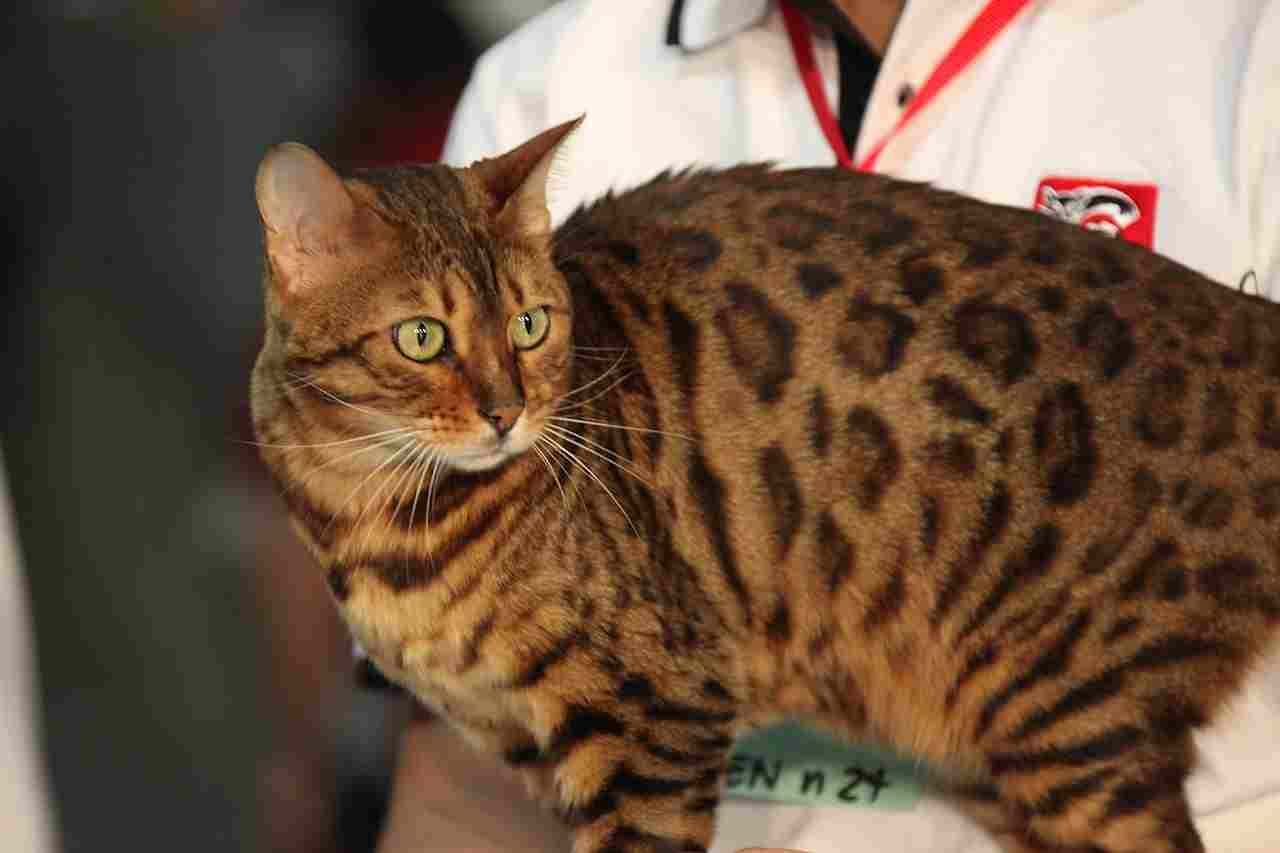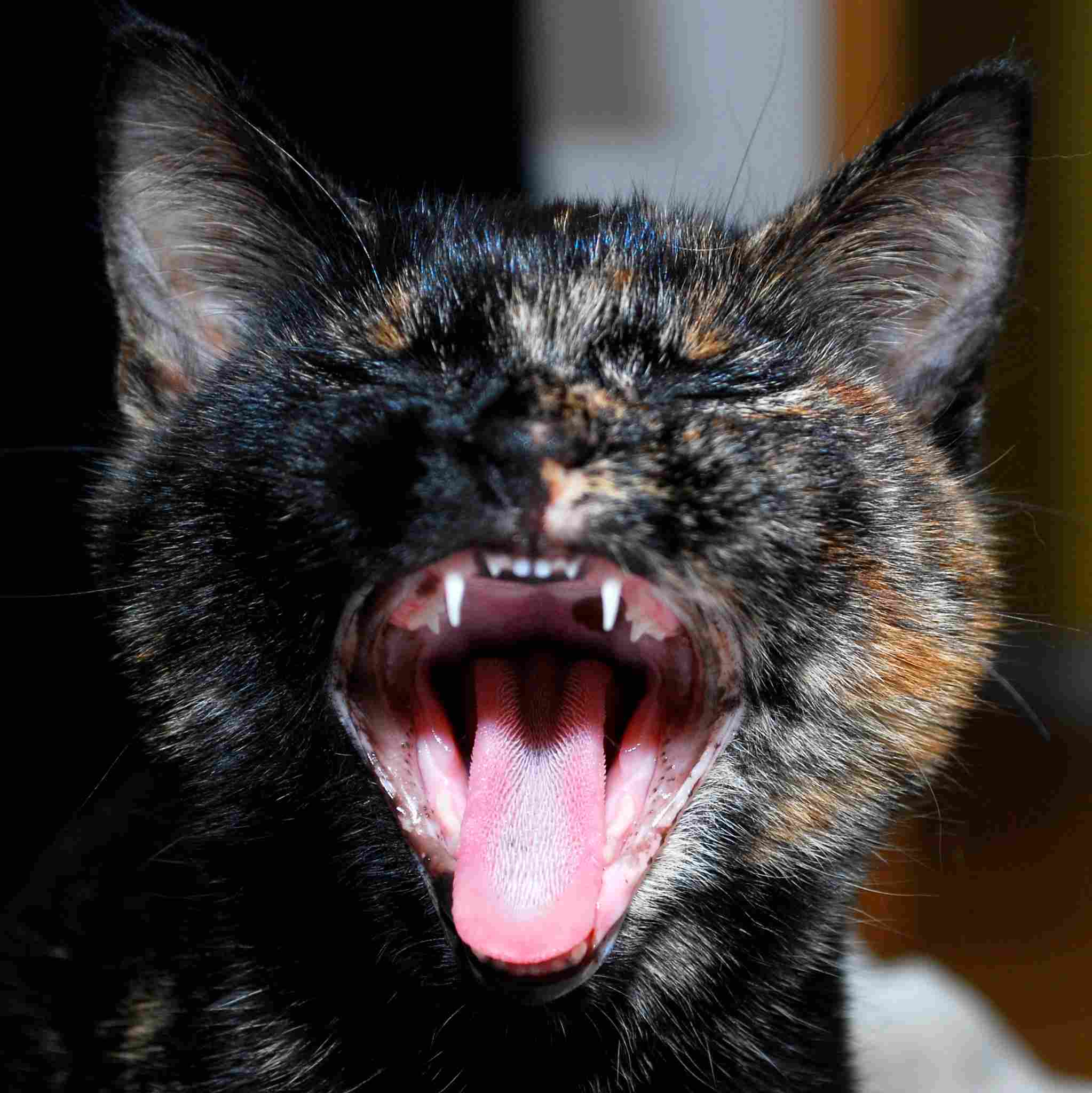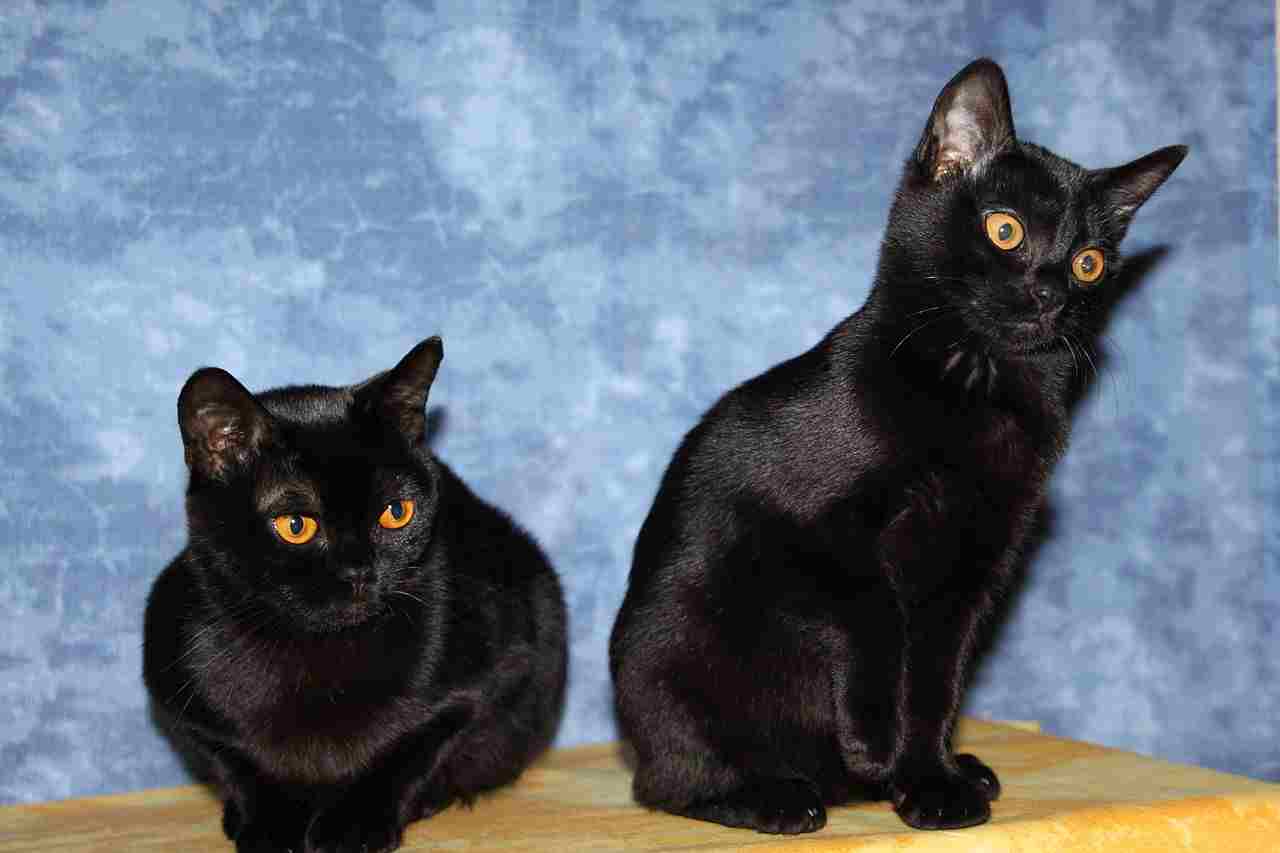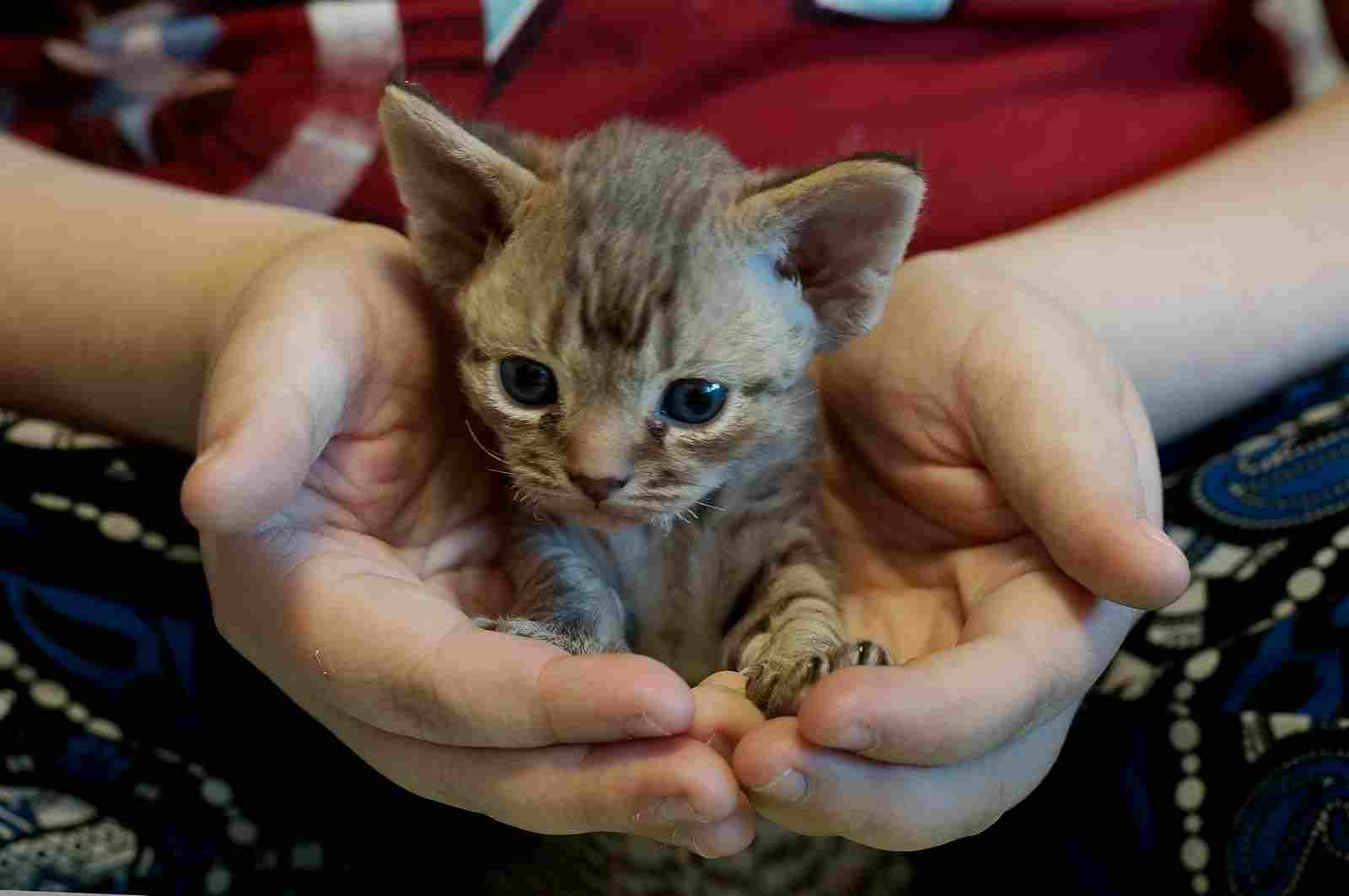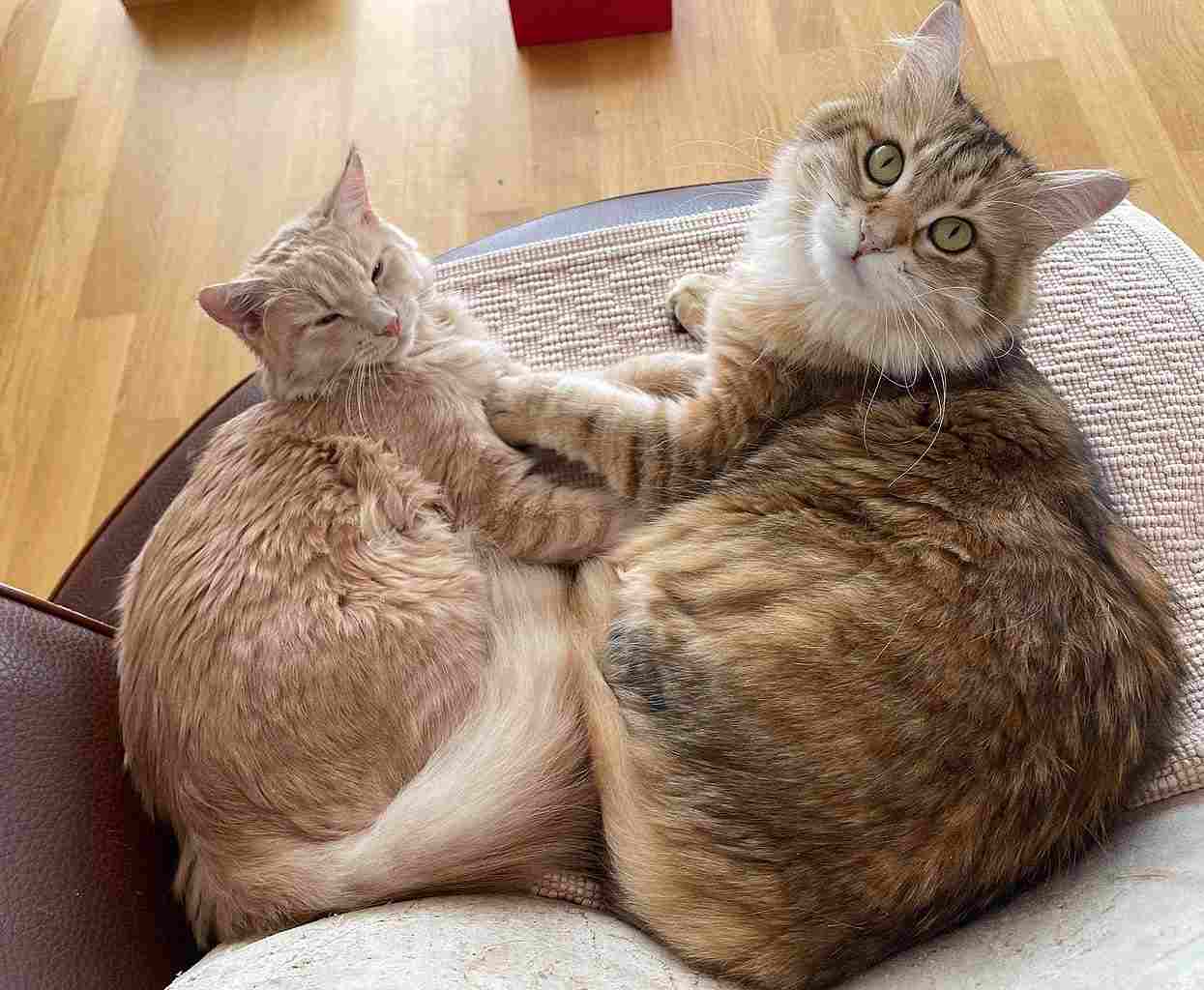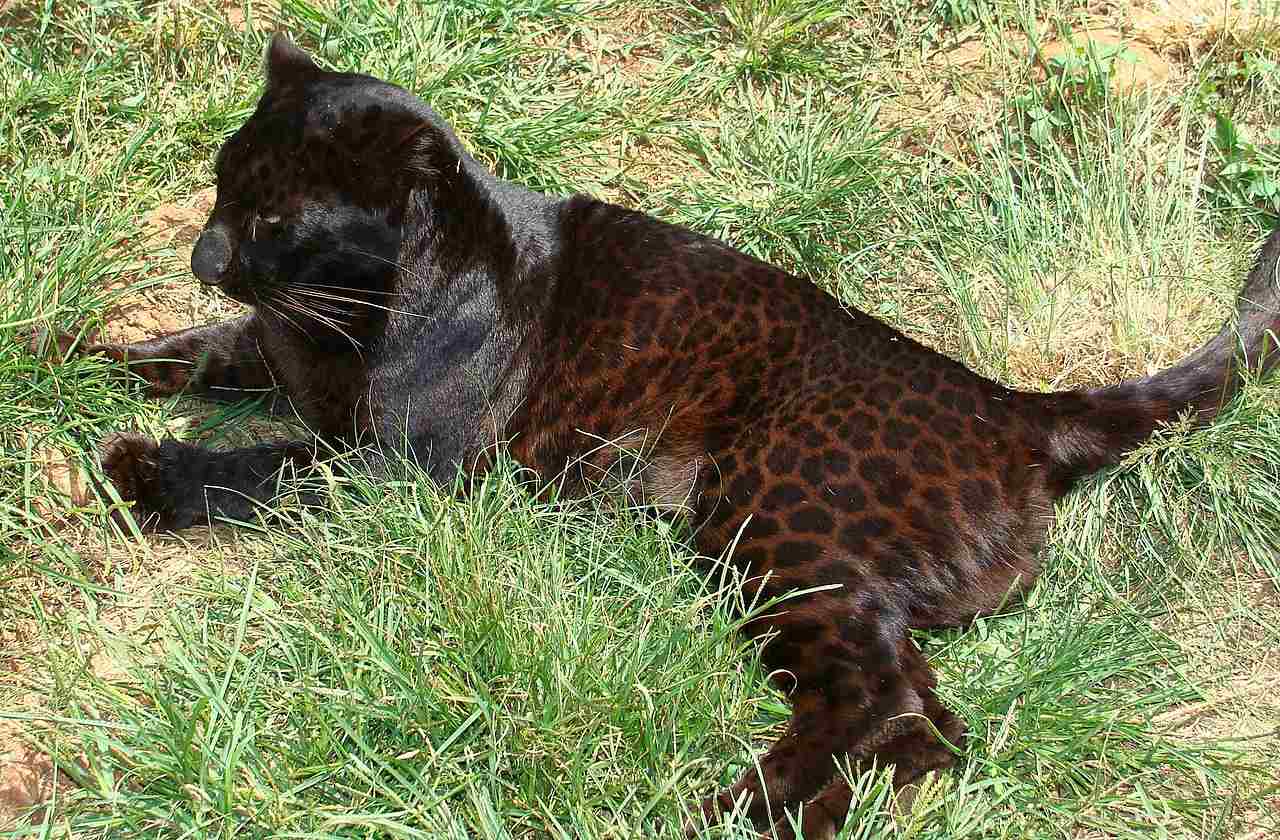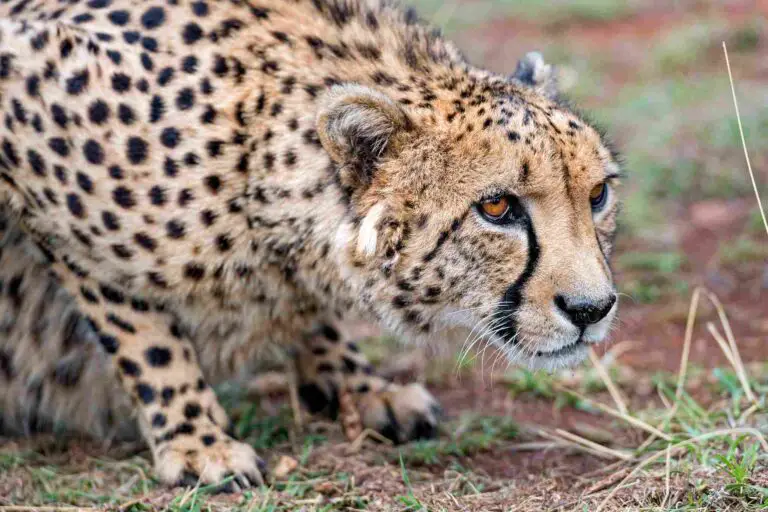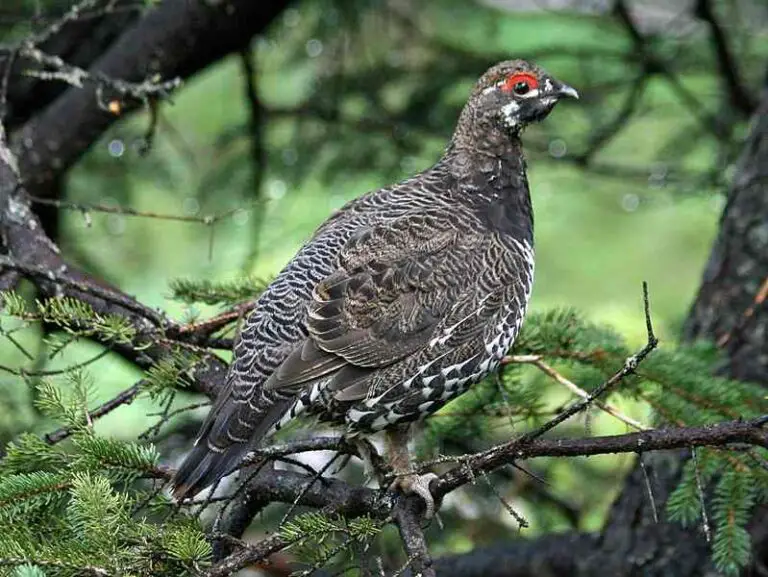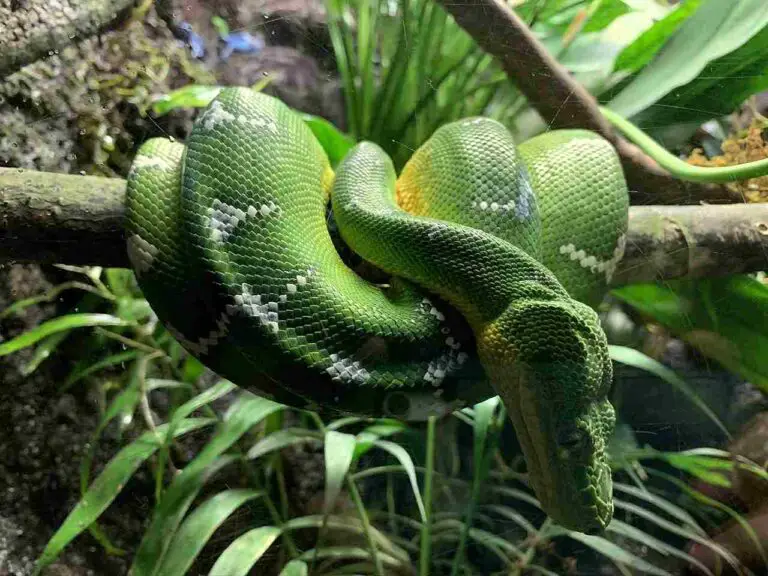Tabby Cat Vs Calico Size, Weight, Overall Comparison
Exploring the distinctions between Tabby Cats and Calico Cats sheds light on their unique appearances, gender prevalence, and diverse personalities. Tabby Cats are typically identified by their stripes, while Calico Cats boast a mottled combination of white, brown, and black fur. These feline companions, with varying sociability and price ranges, offer a diverse array of choices for prospective cat owners.
Tabby Cat vs Calico Cat: Discerning Feline Differences
I. Appearance:
– Tabby Cats are recognized for their distinctive stripes, contributing to their visually appealing and often sleek appearance. In contrast, Calico Cats showcase a mottled combination of white, brown, and black fur, creating a more varied and intricate coat pattern.
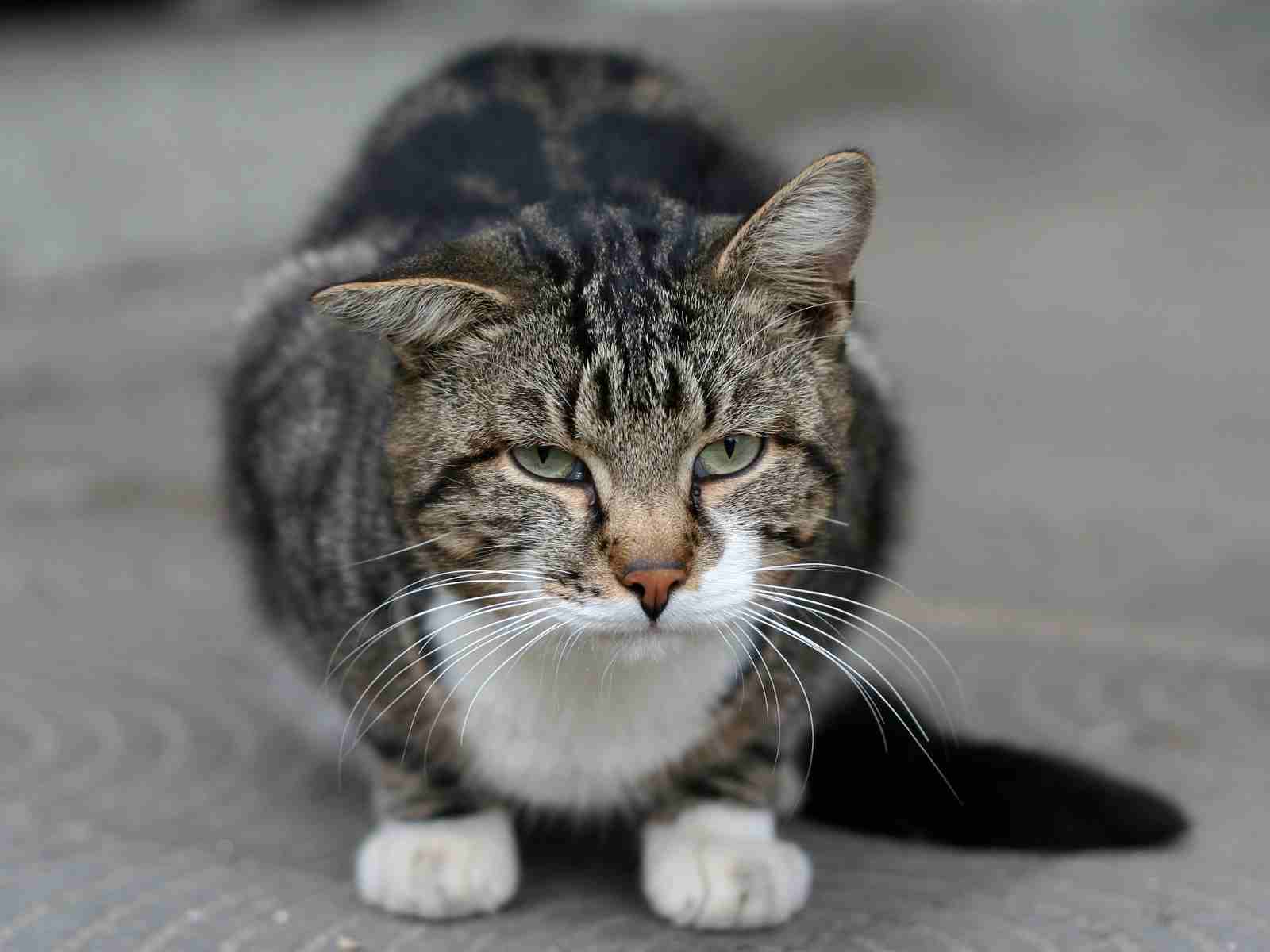
II. Gender Prevalence:
– Tabby Cats can be either male or female, showcasing a balanced gender distribution. On the other hand, Calico Cats are mostly female, with the distinctive calico coat pattern linked to specific combinations of X chromosomes.
III. Personality Traits:
– Tabby Cats, across various breeds, often display sociable and friendly personalities. However, personality variations exist based on the specific breed. Calico Cats, in contrast, exhibit diverse personalities that can vary significantly from breed to breed.
IV. Sociability:
– Most Tabby Cats tend to be sociable, fostering engaging interactions with their owners. The sociability of Calico Cats, while influenced by breed, can vary widely, providing a range of temperamental options for prospective cat owners.
V. Price Range:
– Both Tabby Cats and Calico Cats have diverse price ranges influenced by factors such as breed, sex, and age. Prices may range from $200 to over $2000, reflecting the wide spectrum of choices available for cat enthusiasts.
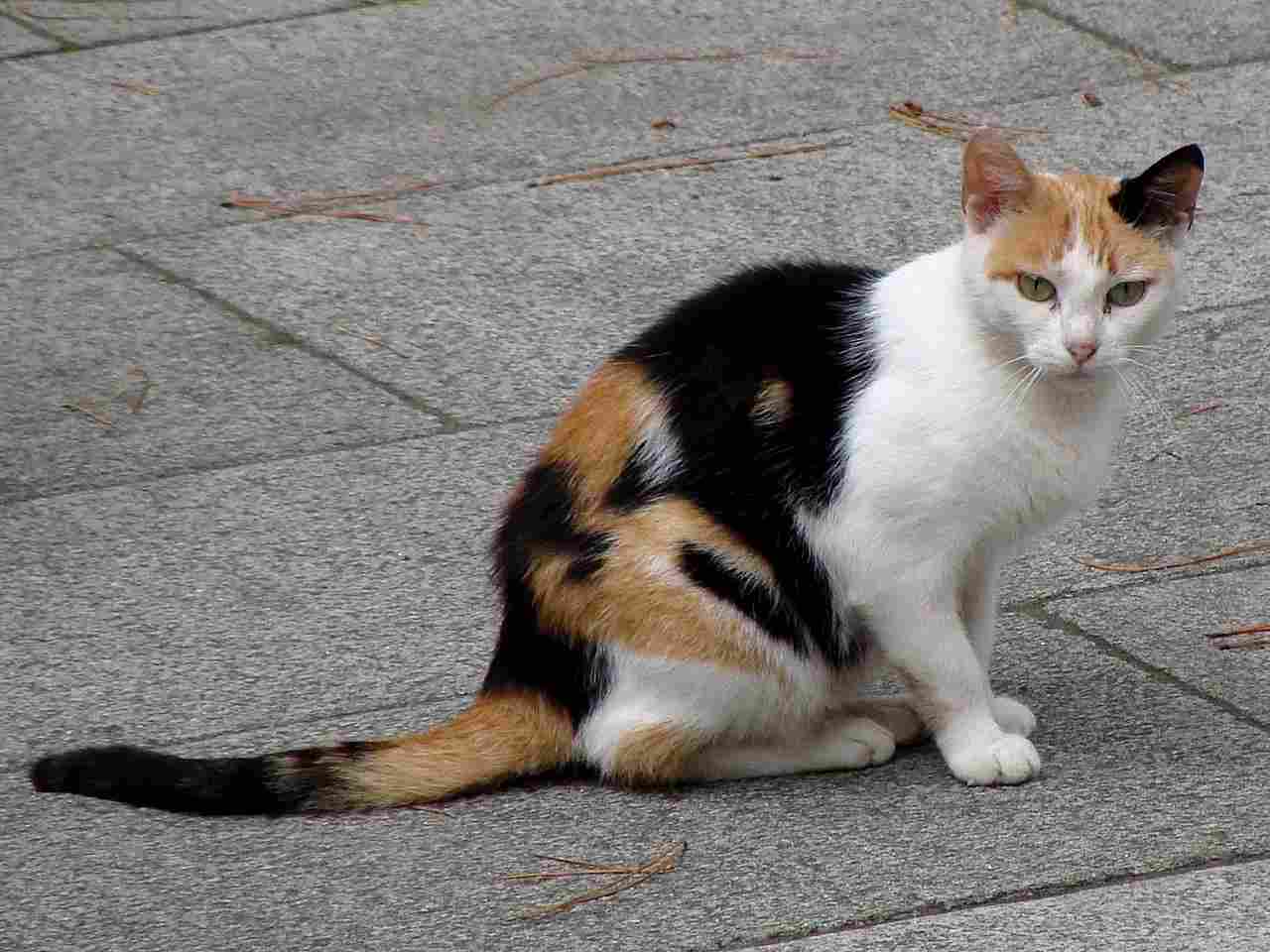
VI. Recognizing Unique Appeal:
– Prospective cat owners must carefully consider the appearance, gender prevalence, and sociability of Tabby and Calico Cats to select a feline companion that aligns with their preferences and lifestyle.
VII. Fostering Harmonious Companionship:
– Understanding the distinctions between Tabby Cats and Calico Cats enables cat enthusiasts to create a harmonious and enjoyable companionship tailored to their expectations, preferences, and the unique characteristics of each coat pattern and breed.
*Details of Comparison
| Criteria | Tabby Cat | Calico Cat |
| Appearance | Varied coat patterns, “M” shape on forehead |
Tri-colored coat with white, black, orange
|
| Size | Average length around 18 inches |
Comparable size to tabby cats
|
| Weight | 8 to 16 pounds |
Similar weight range
|
| Bite Force (PSI) | 200 to 400 PSI |
Comparable bite force range
|
| Physical Offensive Advantages | Sharp claws, agile movements |
Similar offensive advantages
|
| Physical Defensive Advantages | Flexible body, quick reflexes |
Comparable defensive advantages
|
| Speed | Average speed 30 mph (48 km/h) |
Similar average speed
|
| Agility | Highly agile, climbing and jumping |
Comparable agility
|
| Senses | Enhanced night vision, acute hearing, smell |
Similar sensory capabilities
|
| Overall Physical Capacity | Balanced attributes for hunting, climbing |
Comparable overall physical capacity
|
| Habitat Preference(s) | Adaptable to urban, suburban, rural areas |
Similar adaptability to various habitats
|
| Tracks | Paw prints with distinctive claw marks |
Similar recognizable paw prints
|
| Lifespan | 12 to 16 years |
Comparable average lifespan
|
| Mode of Feeding | Carnivorous, hunting small prey |
Similar carnivorous diet
|
| Intelligence | Generally intelligent, problem-solving |
Comparable intelligence
|
| Social Behavior | Variable, ranging from solitary to social |
Similar variability in social behavior
|
| Mode of Reproduction | Sexual reproduction, gestation 63-65 days |
Similar reproductive method and gestation
|
| Parental Behavior | Variable, some exhibit strong maternal instincts |
Comparable parental behavior
|
| Proximity to Human-Inhabited Areas | Found in urban, suburban areas |
Similar adaptability to human presence
|
| Behavior Toward Humans | Varied behavior, aloof to affectionate |
Comparable diverse behaviors
|
| Danger Posed to Humans | Generally not dangerous to humans |
No significant danger posed to humans
|
| Associated Precautions | Caution for potential scratches or bites |
Similar precautions for handling
|
| Conservation Status | Not applicable, variations within domestic cat species |
Not applicable, coat color pattern
|
Key Points
- Both tabby and calico cats exhibit diverse coat patterns, agility, and similar ecological adaptations.
- No significant differences in size, weight, bite force, or speed between the two.
- Comparable lifespans, modes of feeding, and intelligence levels.
- Both are carnivorous, adaptable to various habitats, and often found in human-inhabited areas.
- Neither pose significant danger to humans, requiring caution for potential scratches or bites.
- Conservation status is not applicable as they are variations within the domestic cat species.
1. Taxonomy
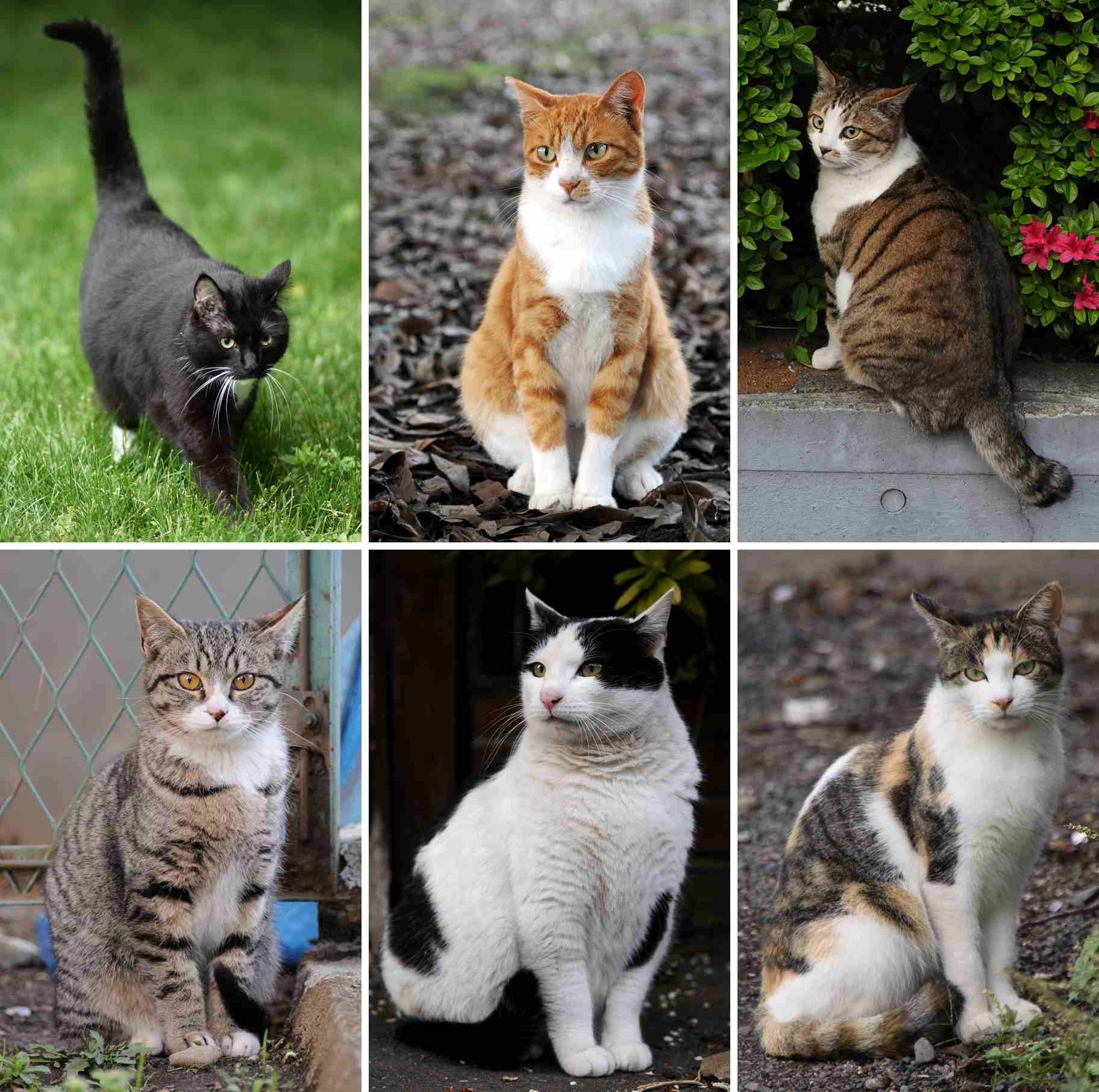
Tabby Cat:
Family: Felidae
Genus: Felis
Species: Catus
Calico Cat:
Family: Felidae
Genus: Felis
Species: Catus
2. Appearance
Tabby Cat:
Varied coat patterns, typically with stripes, spots, or swirls
Colors include brown, gray, orange, and black
Distinct “M” shape on the forehead
Calico Cat:
Tri-colored coat with patches of white, black, and orange (or their diluted variants)
Unique and recognizable patchwork appearance
Comparison:
Both exhibit diverse and distinctive coat patterns.
Tabby cats have more variability in coat patterns, while calico cats are known for their tri-color arrangement.
Ecological Implications:
Coat patterns may offer camouflage in different environments, aiding in hunting or avoiding predators.
3. Size
Tabby Cat:
Average length of 18 inches (45 cm)
Shoulder height around 9-10 inches (23-25 cm)
Calico Cat:
Similar size to tabby cats with average lengths around 18 inches (45 cm)
Comparison:
No significant size difference between tabby and calico cats.
Ecological Implications:
Size adaptation may contribute to agility and maneuverability in various habitats.
4. Weight
Tabby Cat:
Average weight ranges from 8 to 16 pounds (3.6 to 7.3 kg)
Calico Cat:
Similar weight range of 8 to 16 pounds (3.6 to 7.3 kg)
Comparison:
Both tabby and calico cats share a comparable weight range.
Ecological Implications:
Weight contributes to their ability to navigate and survive in their respective ecosystems.
5. Bite Force (PSI)
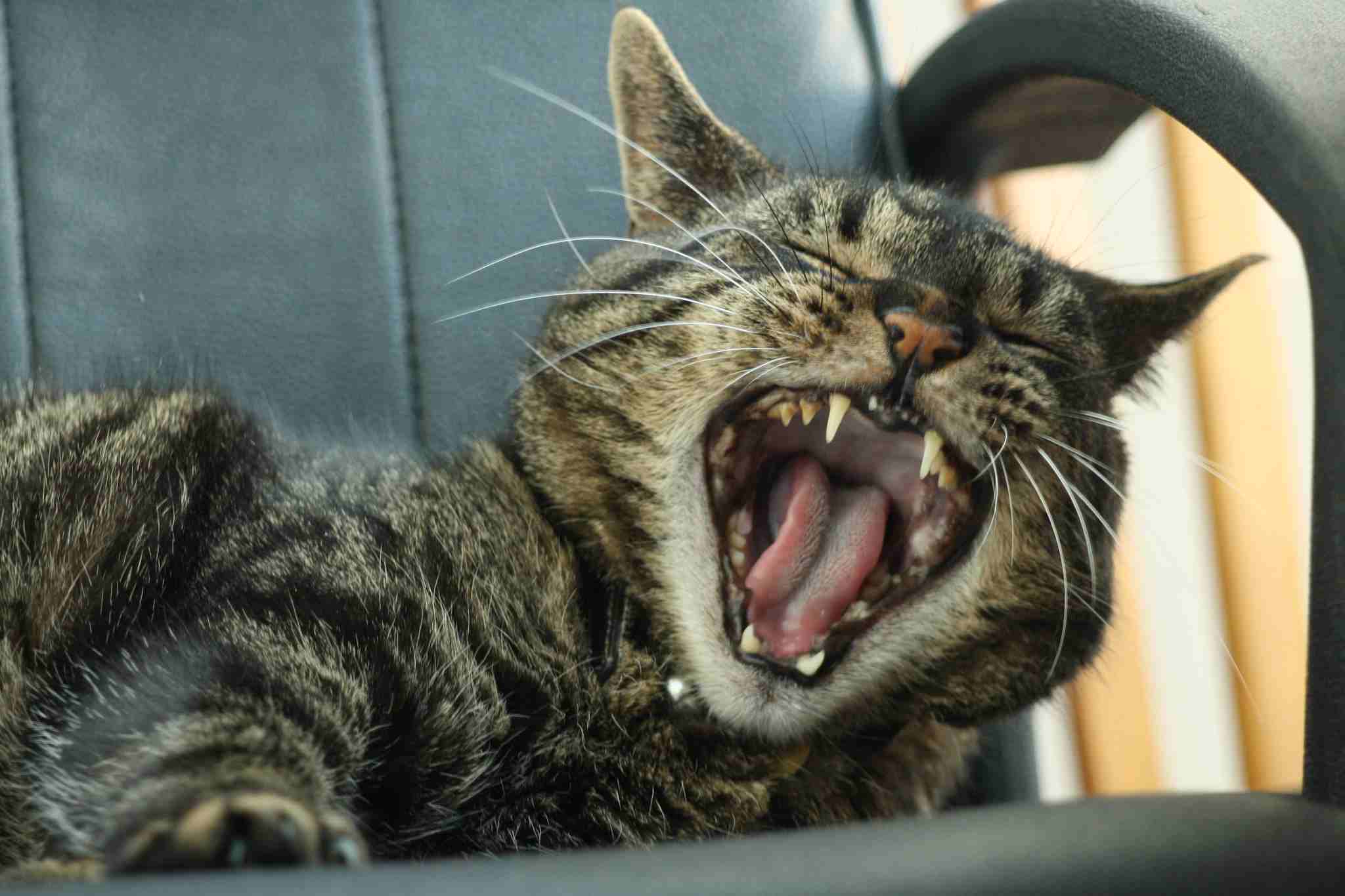
Tabby Cat:
Bite force typically ranges from 200 to 400 PSI
Calico Cat:
Similar bite force range of 200 to 400 PSI
Comparison:
No significant difference in bite force between tabby and calico cats.
Ecological Implications:
Bite force is essential for hunting and consuming prey, impacting their role in the ecosystem.
6. Physical Offensive Advantages
Tabby Cat:
Sharp retractable claws
Agile and quick movements
Calico Cat:
Similar offensive advantages with sharp claws and agility
Comparison:
Both tabby and calico cats possess sharp claws and agility as offensive tools.
Ecological Implications:
Offensive abilities aid in hunting, capturing prey, and defending territory.
7. Physical Defensive Advantages
Tabby Cat:
Flexible body for evasion
Quick reflexes
Calico Cat:
Comparable defensive advantages with flexibility and quick reflexes
Comparison:
Both tabby and calico cats share defensive traits, enhancing their survival capabilities.
Ecological Implications:
Defensive skills are crucial for avoiding predators and ensuring individual safety.
8. Speed (Km/hour or Mile/hour)
Tabby Cat:
Average speed of 30 mph (48 km/h)
Calico Cat:
Similar average speed of 30 mph (48 km/h)
Comparison:
No significant speed difference between tabby and calico cats.
Ecological Implications:
Speed is vital for hunting, escaping predators, and covering territory efficiently.
9. Agility

Tabby Cat:
Highly agile, capable of climbing and jumping with precision
Calico Cat:
Comparable agility, adept at navigating various terrains
Comparison:
Both tabby and calico cats display remarkable agility.
Ecological Implications:
Agility contributes to their ability to navigate diverse landscapes and catch agile prey.
10. Senses
Tabby Cat:
Excellent night vision
Acute hearing
Well-developed sense of smell
Calico Cat:
Similar sensory capabilities with excellent night vision, acute hearing, and a keen sense of smell
Comparison:
Both tabby and calico cats share enhanced sensory abilities.
Ecological Implications:
Superior senses aid in hunting, avoiding danger, and navigating their environment.
11. Overall Physical Capacity
Tabby Cat:
Balanced physical attributes for hunting and climbing
Calico Cat:
Comparable overall physical capacity, well-suited for survival
Comparison:
Tabby and calico cats exhibit well-rounded physical capabilities.
Ecological Implications:
Balanced physical traits contribute to their adaptability in various ecosystems.
12. Habitat Preference(s)
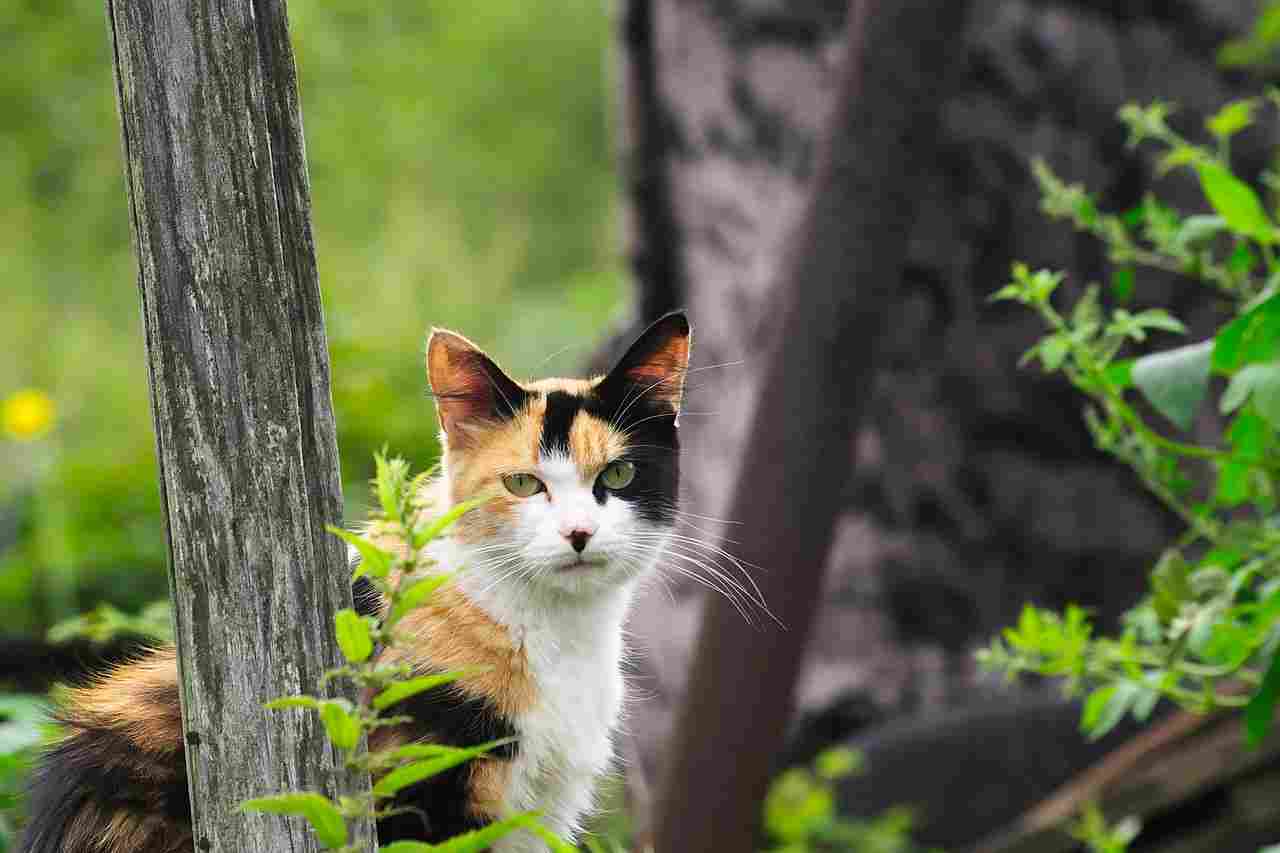
Tabby Cat:
Adaptable to various environments, including urban, suburban, and rural areas
Calico Cat:
Similar adaptability to different habitats, thriving in diverse settings
Comparison:
Both tabby and calico cats demonstrate versatility in habitat preferences.
Ecological Implications:
Adaptability allows them to thrive in different ecological niches.
13. Tracks
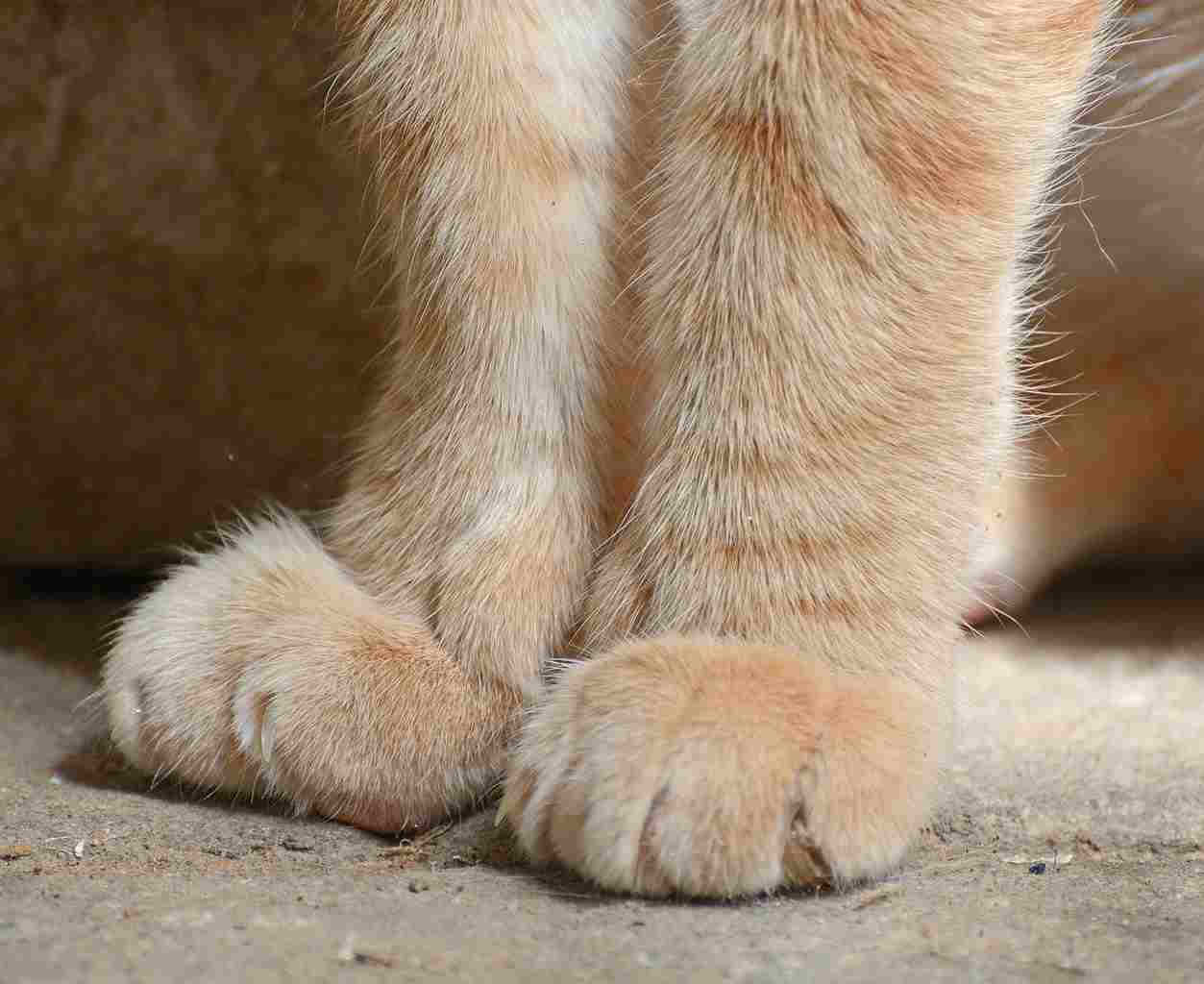
Tabby Cat:
Paw prints with distinctive claw marks
Calico Cat:
Similar paw prints with claw marks
Comparison:
Both tabby and calico cats leave recognizable paw prints.
Ecological Implications:
Paw prints serve as indicators of their presence and activities in the environment.
14. Lifespan
Tabby Cat:
Average lifespan ranges from 12 to 16 years
Calico Cat:
Similar average lifespan of 12 to 16 years
Comparison:
Both tabby and calico cats have comparable lifespans.
Ecological Implications:
Lifespan influences their role in ecosystems, impacting population dynamics.
15. Mode of Feeding
Tabby Cat:
Carnivorous, primarily hunting small prey like birds and rodents
Calico Cat:
Similar carnivorous diet, hunting small animals for sustenance
Comparison:
Both tabby and calico cats share a carnivorous mode of feeding.
Ecological Implications:
Carnivorous habits contribute to controlling prey populations in their ecosystems.
16. Intelligence
Tabby Cat:
Generally intelligent, capable of problem-solving
Calico Cat:
Comparable intelligence, exhibiting problem-solving skills
Comparison:
Tabby and calico cats both demonstrate intelligence.
Ecological Implications:
Intelligence aids in adapting to environmental challenges and securing food sources.
17. Social Behavior
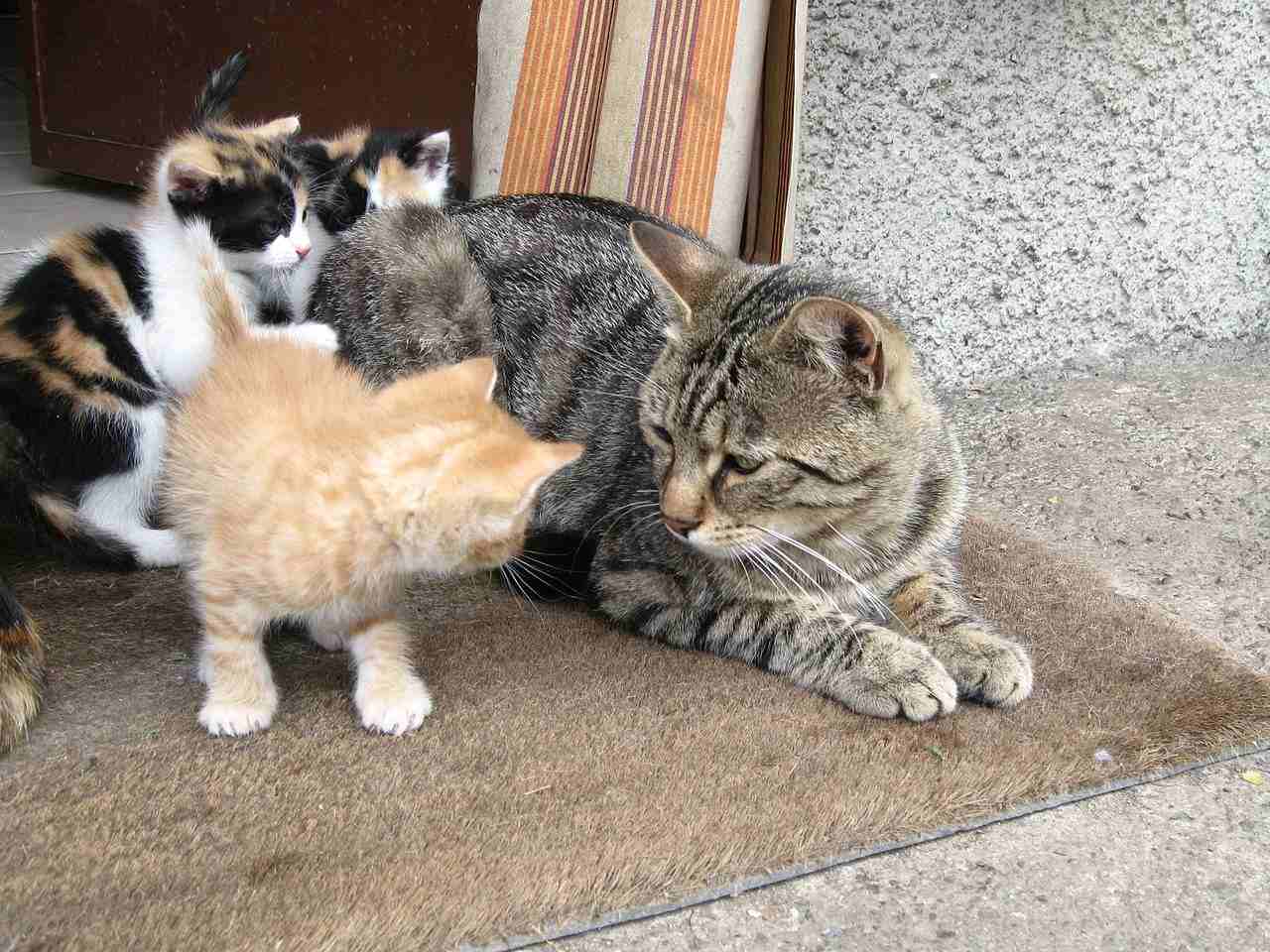
Tabby Cat:
Variable social behavior, ranging from solitary to social
Calico Cat:
Similar variability in social behavior, adapting to individual personalities
Comparison:
Both tabby and calico cats exhibit a range of social behaviors.
Ecological Implications:
Social behaviors impact their interactions with other individuals in their environment.
18. Mode of Reproduction
Tabby Cat:
Typically reproduce through sexual reproduction
Gestation period around 63-65 days
Calico Cat:
Reproduction also through sexual means, sharing a similar gestation period
Comparison:
Both tabby and calico cats utilize sexual reproduction for offspring.
Ecological Implications:
Reproductive patterns influence population dynamics within their habitats.
19. Parental Behavior
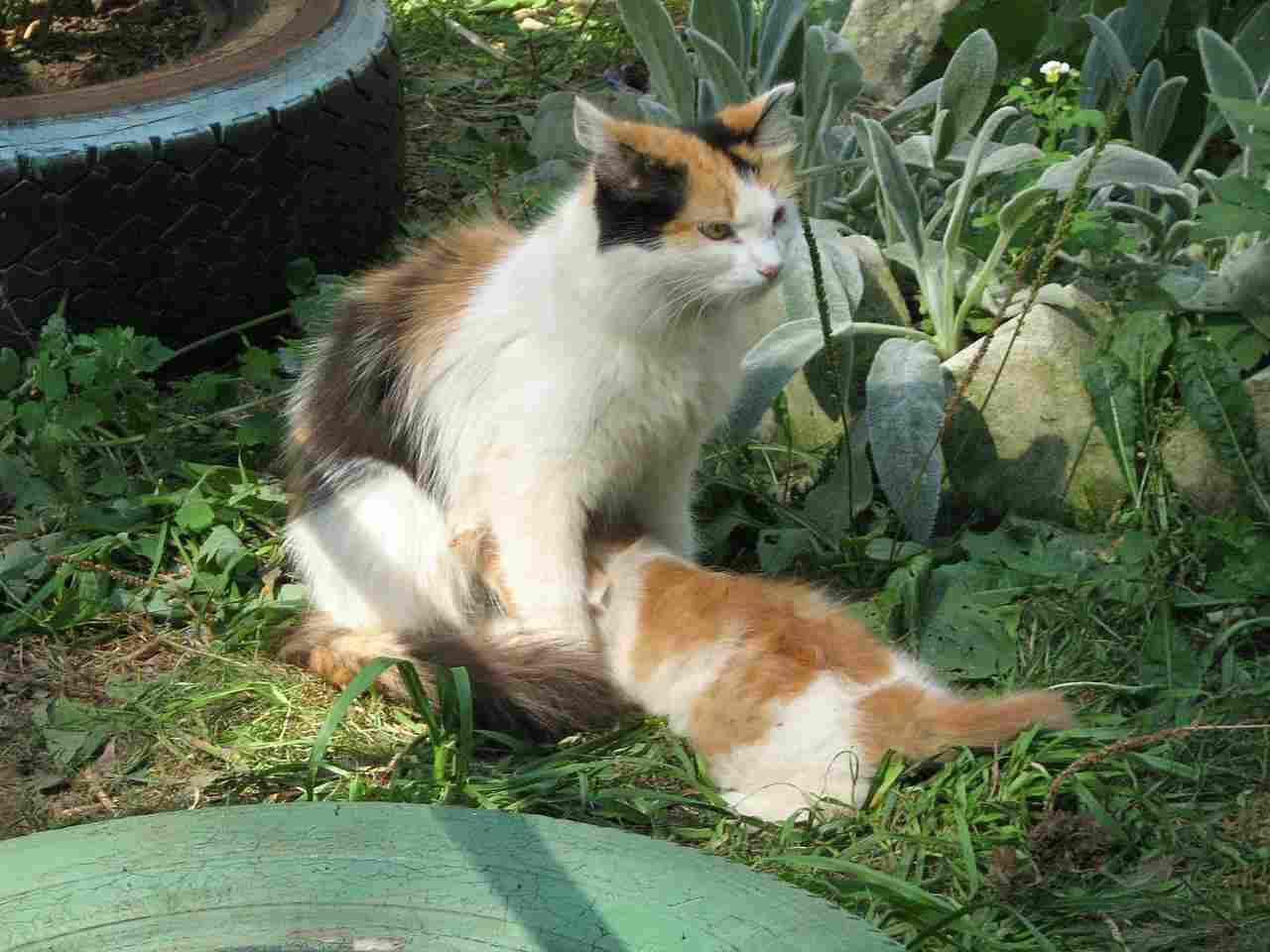
Tabby Cat:
Variable parental behavior; some exhibit strong maternal instincts
Calico Cat:
Similar variability in parental behavior, with individuals showing maternal instincts
Comparison:
Parental behavior varies among individuals in both tabby and calico cats.
Ecological Implications:
Parental care contributes to the survival of offspring, impacting overall population health.
20. Proximity to Human-Inhabited Areas
Tabby Cat:
Often found in urban and suburban areas, adapting well to human presence
Calico Cat:
Similar adaptability to human-inhabited areas, often residing in urban and suburban environments
Comparison:
Both tabby and calico cats demonstrate a close proximity to human-inhabited areas.
Ecological Implications:
Adaptation to human environments may impact their interactions with other wildlife and influence their diet.
21. Behavior Toward Humans
Tabby Cat:
Varied behavior, ranging from aloof to affectionate
Calico Cat:
Comparable variability in behavior, adapting to individual personalities
Comparison:
Both tabby and calico cats display diverse behaviors toward humans.
Ecological Implications:
Interactions with humans may affect their overall survival and well-being in human-dominated landscapes.
22. Danger Posed to Humans
Tabby Cat:
Generally poses no significant danger to humans
Calico Cat:
Similar lack of danger; typically not considered a threat to humans
Comparison:
Neither tabby nor calico cats are known to pose substantial danger to humans.
Ecological Implications:
The absence of threat contributes to a harmonious coexistence between these cats and humans.
23. Associated Precautions
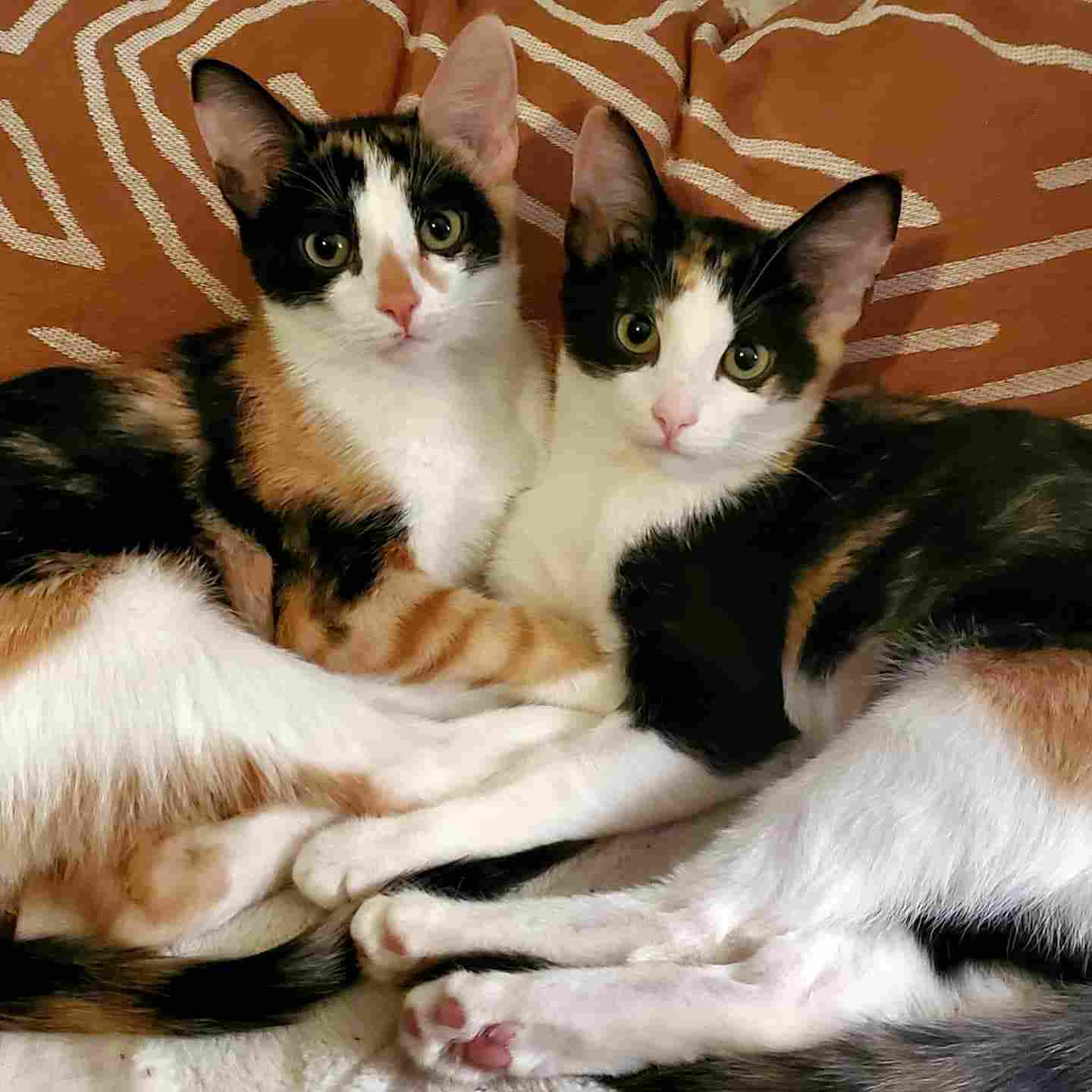
Tabby Cat:
Caution advised for potential scratches or bites, especially from unfamiliar or stressed individuals
Calico Cat:
Similar precautions for scratches or bites, emphasizing awareness of individual temperaments
Comparison:
Both tabby and calico cats warrant similar precautions in handling.
Ecological Implications:
Human interactions should consider the potential stressors affecting the behavior of these cats.
24. Conservation Status
Tabby Cat:
Not a distinct species; conservation status not applicable
Calico Cat:
Conservation status not applicable as it is a coat color pattern, not a distinct species
Comparison:
Conservation status is not assigned to tabby or calico cats, as they are variations within the domestic cat species.
Ecological Implications:
Conservation efforts primarily focus on the broader domestic cat species.
Summary of Comparison
Appearance:
Tabby: Varied coat patterns with stripes, spots, or swirls; distinct “M” shape on the forehead.
Calico: Tri-colored coat with patches of white, black, and orange.
Size:
Similar average length for both tabby and calico cats (around 18 inches).
Weight:
Comparable weight range for both tabby and calico cats (8 to 16 pounds).
Bite Force (PSI):
Similar bite force range (200 to 400 PSI) for tabby and calico cats.
Physical Offensive Advantages:
Both possess sharp retractable claws and agile movements.
Physical Defensive Advantages:
Comparable flexibility and quick reflexes in both tabby and calico cats.
Speed:
Similar average speed for both tabby and calico cats (30 mph or 48 km/h).
Agility:
Both exhibit high agility, capable of climbing and jumping with precision.
Senses:
Enhanced night vision, acute hearing, and keen sense of smell for both types.
Overall Physical Capacity:
Well-rounded physical attributes for hunting, climbing, and survival in both tabby and calico cats.
Habitat Preference(s):
Adaptability to various environments, including urban, suburban, and rural areas, for both types.
Tracks:
Paw prints with distinctive claw marks for both tabby and calico cats.
Lifespan:
Comparable average lifespan (12 to 16 years) for both tabby and calico cats.
Mode of Feeding:
Carnivorous diet, primarily hunting small prey, for both types.
Intelligence:
Generally intelligent with problem-solving skills in both tabby and calico cats.
Social Behavior:
Variable social behavior, ranging from solitary to social, in both types.
Mode of Reproduction:
Both reproduce through sexual means with a gestation period of around 63-65 days.
Parental Behavior:
Varied parental behavior, with some individuals exhibiting strong maternal instincts in both tabby and calico cats.
Proximity to Human-Inhabited Areas:
Both types often found in urban and suburban areas, adapting well to human presence.
Behavior Toward Humans:
Diverse behavior, ranging from aloof to affectionate, in both tabby and calico cats.
Danger Posed to Humans:
Neither tabby nor calico cats are known to pose significant danger to humans.
Associated Precautions:
Caution advised for potential scratches or bites from both tabby and calico cats.
Conservation Status:
Not applicable for both tabby and calico cats, as they are variations within the domestic cat species.
Conclusion
I. Similarities
Both tabby and calico cats share similarities in size, weight, bite force, and various ecological adaptations.
II. Differences
Differences lie in their distinct coat patterns, with tabby cats having a broader range, while calico cats exhibit a specific tri-color pattern. These differences influence their appearance and potential ecological roles.
